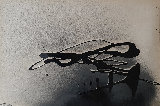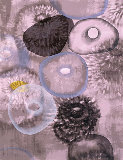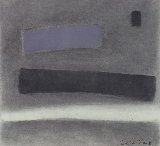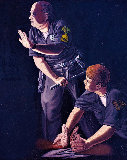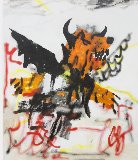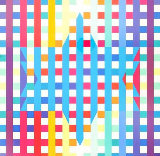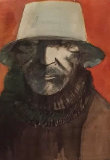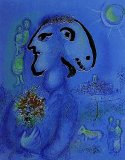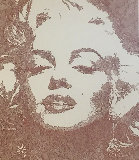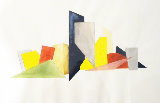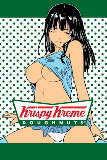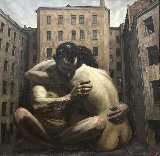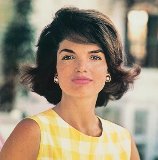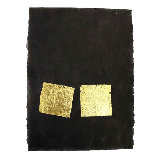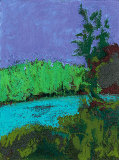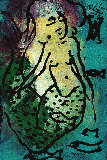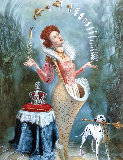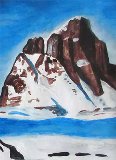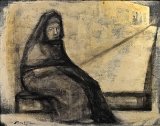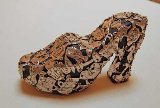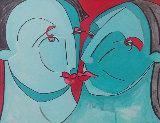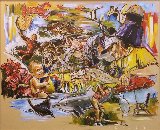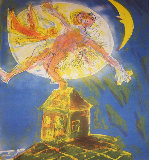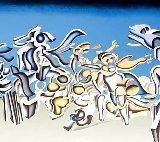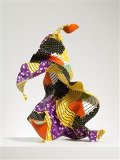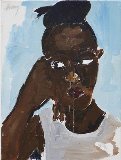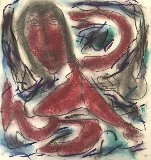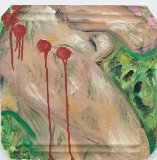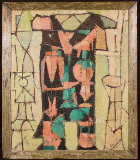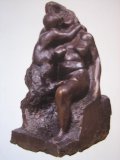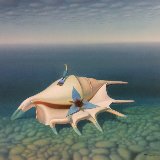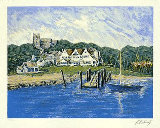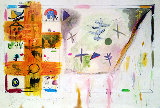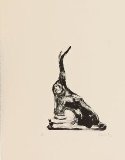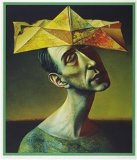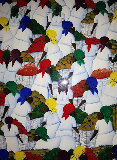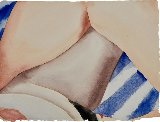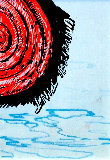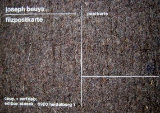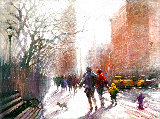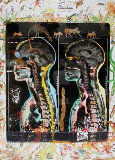




Untitled Figurative (For French Revolution Bicentennial) 1988 HS - Huge 37x49 - Paris, Fra
Leon Golub
Limited Edition Print : Lithograph on Paper
Size : 29x41 in | 74x104 cm
Framed : 37x49 in | 94x124 cm
Edition : Aside From the Edition of 100
Reduced
- 🔥Huge 1988 Framed Limited Edition Hand Signed Lithograph - Blue Chip - Inquire $2,200
Year1988
Hand SignedLower Right in Pencil
Condition Excellent
Framed with PlexiglassBlack Frame w/ White Mat
Purchased fromAuction House 2013
Story / Additional InfoDewey Ballantine Art Collection. Apart from the Regular Edition of 100
Certificate of AuthenticityArt Brokerage
LID61728
Leon Golub - United States
Art Brokerage: Leon Golub American Artist: b. 1922-2004. Born in Chicago in 1922, Golub received his B.A. in Art History from the University of Chicago in 1942. From 1947 to 1949 he studied, under the G.I. Bill, at the School of the Art Institute of Chicago, where he met the artist Nancy Spero, to whom he was married for nearly fifty years. In Chicago he became involved with other painters, known as the Monster Roster group, which believed that an observable connection to the external world and to actual events was essential if a painting was to have any relevance to the viewer or society. This is a view that informed Golub's work throughout his career. Golub, who always painted in a figural style, drew upon diverse representations of the body from ancient Greek and Roman sculpture, to photographs of athletic competitions, to gay pornography; often pulled directly from a huge database he assembled of journalistic images from the mass media. He likened his painting process to sculptural technique and employed a method of layering and scraping away paint, sometimes using a meat cleaver, leaving varying amounts of canvas untouched. From 1959 through 1964, Golub and his wife Nancy Spero opted to live in Europe, a move occasioned in part by the belief that Europe would be more receptive to their work dealing overtly with issues of power, sexual and political. During this period Golub's work increased in size because of larger available studio space and the inspiration of the French tradition of large-scale history painting. He also switched from using lacquer to acrylics, left more of the surface unpainted, and began to grind the paint directly into the canvas. While in Italy, both Golub and Spero were profoundly influenced by the figurative works of Etruscan and Roman art, whose narratives addressed ancient themes of power and violence. Listings wanted.


